How to Draft a Two-Piece Jacket Sleeve From a One-Piece Pattern
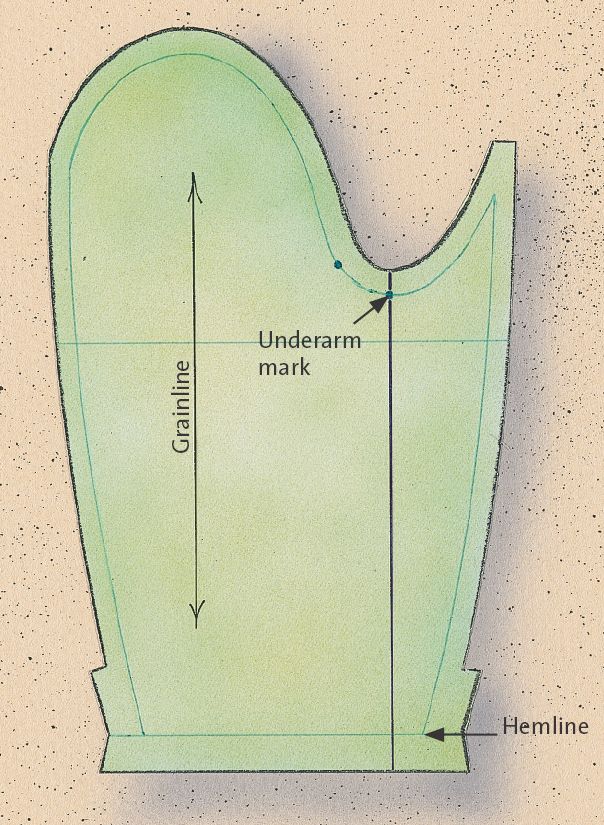
You can create a two-piece jacket sleeve from a one-piece sleeve pattern. A two-piece sleeve provides a more refined shape than a one-piece sleeve. The extra seam is an added shaping opportunity, as it offers twice as many seams to adjust for a better fit. Many jacket and coat patterns are designed with one-piece sleeves, but this doesn’t mean that everything about the pattern is wrong. If you like the jacket’s other design elements but want the fitting finesse of a two-piece sleeve, as well as a place to add a functional sleeve vent, it’s possible to create a two-piece sleeve pattern from a one-piece sleeve pattern.
In Threads #182 (Dec. 2015/Jan. 2016), Jacque Goldsmith shared her technique for creating a functional vent on a lined sleeve. This method requires a back sleeve seam, which a one-piece sleeve pattern lacks. The two-piece sleeve drafting tutorial in this post enables you to try Jacque’s technique.
Drafting a two-piece sleeve is not an exact technique, and personal preference enters in, but the results can be satisfactory. All it requires is patience, judgment, and this easy-to-follow method.
It is a better solution than attempting to use the sleeve pattern from another jacket, as that requires using the armscye from the other pattern, too, and transferring the armscye (which usually involves three pattern pieces). It is a trickier job than redrawing the sleeve.
Converting offset-seam sleeves
There are two types of one-piece sleeves: the typical centered-underarm sleeve, and the less-typical sleeve with the seam offset toward the back of the underarm. The latter type gives the appearance of a two-piece sleeve. It is also the easiest to convert and is covered first. The symmetrical sleeve with the seam at the underarm is more common. The procedure for converting it is slightly more complex, but it’s not difficult.
1. Press the pattern.
Draw a line through the underarm mark, which all American-made patterns have, parallel to the grainline and the length of the pattern
.
2. Draw a parallel line.
Make it 2 inches from the first line and from armscye to hemline.

3. Measure 3/4 inch to either side of the new line at the elbow.
Draw identical curved lines from the seamline to the hemline through the marked points. Use a curved ruler, follow a favorite two-piece sleeve pattern, or eyeball it. Mark these as stitching lines.

4. Cut the pattern on the curved lines, and add a 5/8-inch seam allowance to each.
Check the sleeve width at the hemline. About 10 inches is typical for a size 12: 6 inches on the upper sleeve and 4 inches on the undersleeve. If necessary, narrow the wrist by redrawing the vent seamlines: Take off half the distance (usually about 2 inches overall) on each side by tapering the seams gradually from the armscye to the elbow, then taper more sharply from elbow to wrist. In a size 12, there should be about 2 inches from the underarm line to the vent placement line. If the vent falls too far underneath, add to the undersleeve and take off from the upper sleeve, keeping a nice curve in the process.

Converting symmetrical sleeves
1. Trace the pattern without seam allowances, transferring all markings.
Cut the pattern on the stitching lines.

2. On the tracing, measure 2 inches in at the end of the front armsyce seam, and 3 1/2 inches to 4 inches from the back seam.
Draw vertical lines parallel to the grain from the armscye to the hem. Some patterns are so narrow at the hem that the vertical lines hit the side seams before reaching the hem. If only one line hits a side seam, don’t do anything. If both lines hit, add tissue so you can redraw the side seams wide enough for the vertical lines to reach the hem. Cut the tracing apart on these lines; tape the end pieces–which become the undersleeve–together on the original seamline, matching notches.

3. On the oversleeve, measure 3/4 inch in at the elbow in front, and 3 inches in at the hem in back.
Connect the armscye to the hem through these points, using a curved ruler. Drop the back seam 5/8 inch for ease if desired.

4. On the undersleeve, drop new grainlines from the armscye seam ends to the hemline.
Measure out from the front hem 1 inch to 1 1/2 inches and in from the back hem 2 inches. Connect the new points to the armsyce, using a curved ruler. Correct the hem width if necessary.

5. Add seam and hem allowances to all edges.
Draft cut-on facings for vents.


Will you try this technique? Share your thoughts by leaving a comment.
This two-piece sleeve drafting tutorial was adapted from “Drafting a two-piece jacket sleeve from a one-piece pattern” by Margaret Komives from Threads #38, Dec. 1991/Jan. 1992.



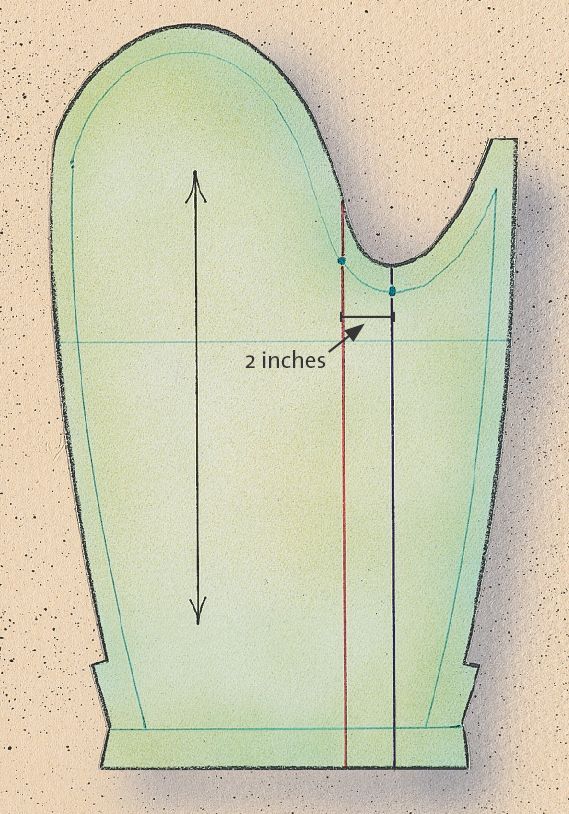

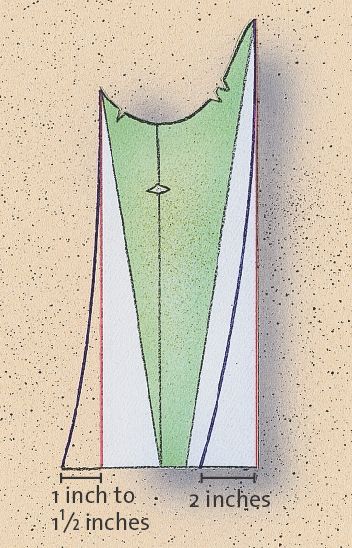
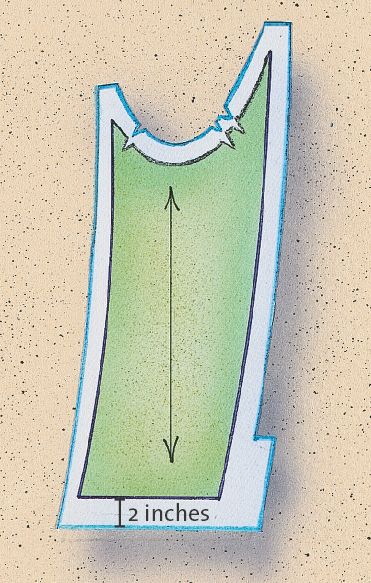
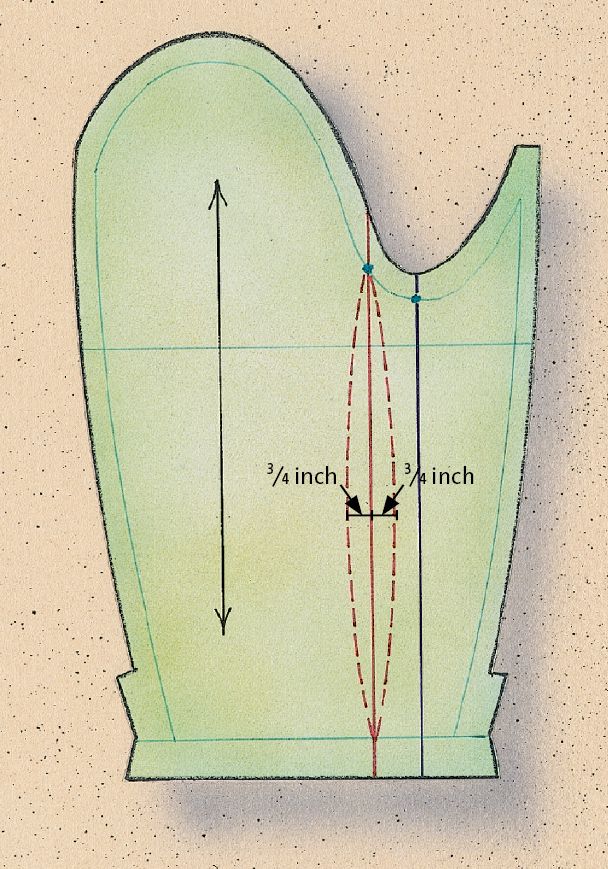
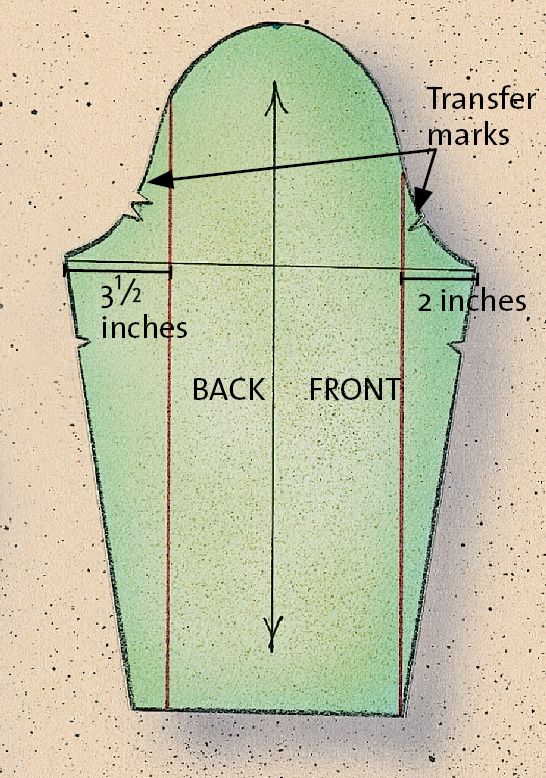
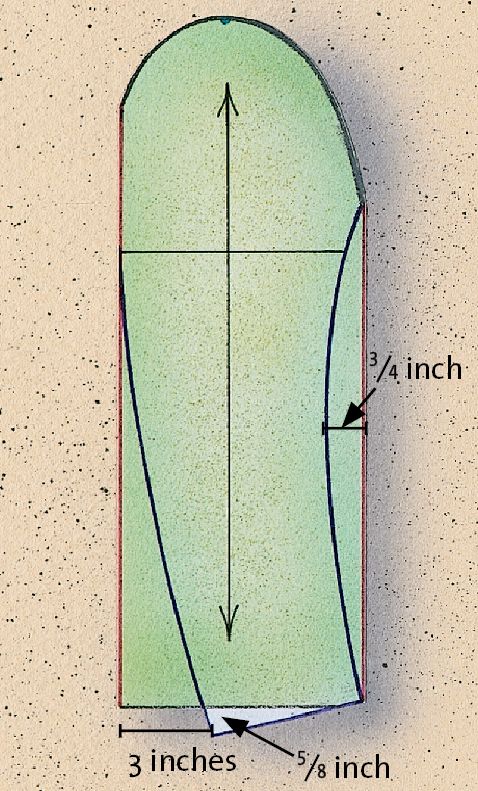
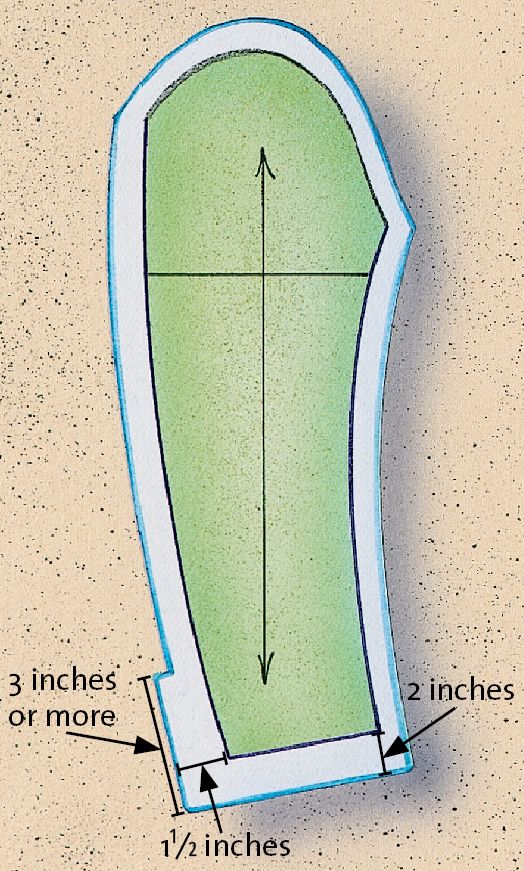
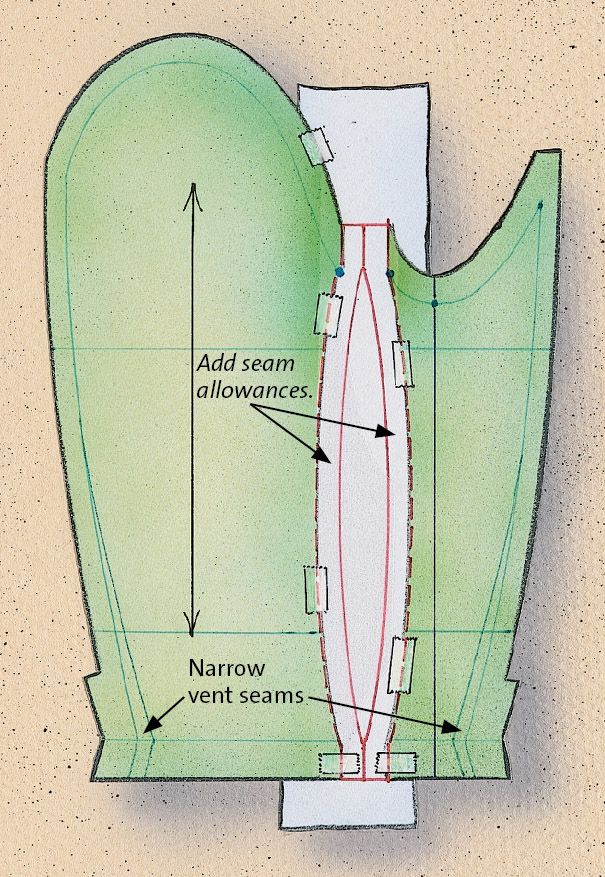
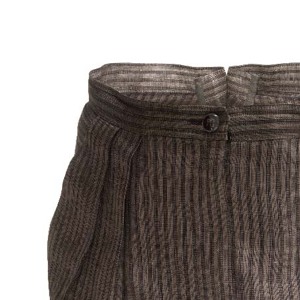

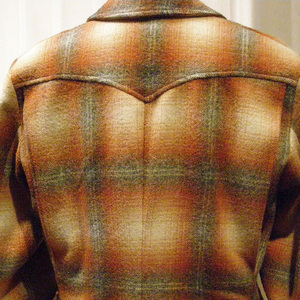
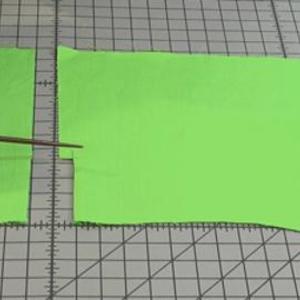
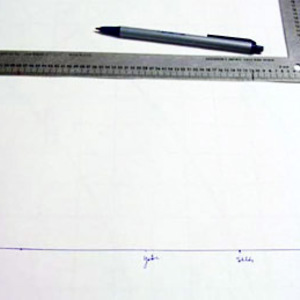

























Thank for sharing.
This is a technique I am definitely going to try. I will post the end results once I tried it on a garment.
Thanks for sharing. I've done this so many times WITHOUT the specifics. So now, there will be no need for guesswork.
Make sure you notch the new pieces that will go together so you don't end up putting the wring pieces together.
Step #4: "Correct the hem width if necessary." It would be helpful here to show HOW the hem width is corrected. The original hem width shown of in the photo of the undersleeve is quite small, yet it's made extremely large upon drawing the vertical lines from the armscye. How then is the width corrected in this case?